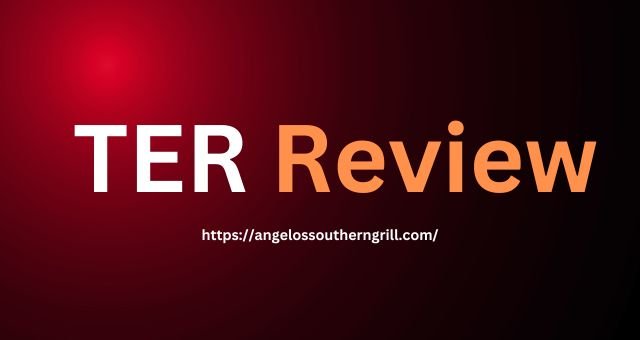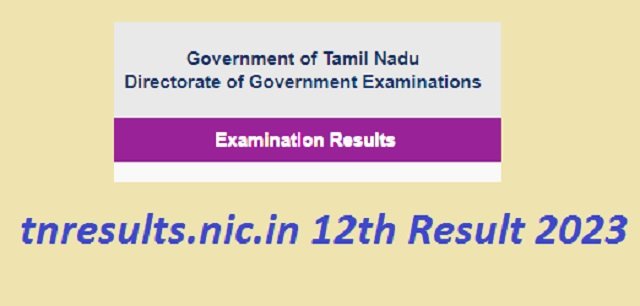TER Review: A Detail Analysis

The TER (Total Expense Rate) shows the complete cost of the functioning scheme or mutual fund. It is used to determine the overall costs of running a mutual fund or other investment vehicle. Further, this amount is used by investors to equate the costs of the scheme with its peers. Plus, in relation to the incomes accessible from that scheme. Furthermore, it is the main element in creating an investment choice. Those funds that frequently demonstrate a high TER might not deliver high profits. Since high expenses incline to wear away the returns spawned. In this article, we will make a call on TER Review. Therefore, come along with us and read this article till the end to get to know each and everything.
TER Review: What is TER?
It is the fee charged by AMCs (Asset Management Companies). it is used to run and manage a mutual fund scheme. Moreover, it includes total expenses experienced by the AMC for instance Management Fees, marketing, legal costs, distribution expenses and many more. Indeed, it is conveyed as a yearly percentage of the asset below management (AUM) of the scheme.
How does TER Work?
The fund management acquires expenses which are reflected in the TER. Evidently, it is indicted as a percentage of the scheme’s entire assets. Further, the fund named house fund announces the Net Assets Value (NAV). After deducting the TER each day. Certainly, it helps asset management companies in layering management costs. Additionally, TER also directly impacts the mutual fund returns. It is where higher TER indicates elevated expenses. Therefore, affecting fund returns. Think through TER in your assessment of mutual fund performance. However, dynamically managed funds may encompass often buying and selling to capitalise on market prospects. Having a higher TER because of enhanced transaction and research costs. On the other hand, passively managed funds, duplicate index performance with occasional buying and selling. However, it usually leads to lower TER and makes them a cost-effective choice for investors.
Role of TER in Mutual Funds: TER Review
The TER stands for Total Expense Ratio. Further, TER is the general charge connected to conducting operations and handling a fund that is stated to the unit. Evidently, it is also called the Net Expense Ratio or after-reimbursement fee ratio. It is the entire cost of the mutual fund divided by the total assets of the mutual fund. However, it provides you with a percentage amount. After that, these charges that the fund acquires are recuperated from the investor. NAV (Net Asset Value) is calculated only after deducting these expenditures on a daily basis.
What are the components and major costs that add up to TER in mutual funds?
Management fee
The act of mutual funds is strictly related to its fund manager. Further, the strategies of fund managers and skills of decision-making regulate the return and income of the mutual fund. Hence, the house fund must reimburse its supervisor for their proficiency.
Administrative costs
There are a variety of charges comprises such as marketing fees, legal and custodian fees, and registration charges in handling mutual funds. However, it adds to the cost of the fund.
Distribution fee
There are several investment trusts that charge a distribution fee as a commission to sell the shares of the investment trust. After that, this extra element is added to the TER of the fund’s regular plan.
Maintenance work
Total costs and other administrative tasks invited to keep things running efficiently are added to this ticket. By preserving appropriate records for investors, portfolio asses of entry and exit fees, customer support and many more. It can be called as investment trust management costs.
Brokerage fee
This fee would be held in the settlement of securities in the system.
Other operating costs
It includes legal and bookkeeping fees, sales and marketing costs, and other costs related to system assets. For example, rent, electricity, and telecommunications. Plus, it totally relates to the expense ratio that depends upon the period and maturity of a mutual fund.
TER Review: What are the limitations that SEBI imposed on TER?
The Securities and Exchange Board of India (SEBI) has instructed that the TER for equity-oriented mutual funds should not surpass 2.25%. Further, the aim of this limitation is to guard investors by controlling the cost linked with managing funds. Here is the list of limitations that are imposed by the SEBI.
The maximum TER is covered at 2% for debt mutual funds.
The TER is generally lower for index funds, ETFs and funds of funds. Plus, it is covered for 1%.
The TER has to comprise all costs linked with fund management, except brokerage and transaction costs, service tax on management fees, and guarantee commissions.
What are the steps of avoiding expense ratio in mutual funds?
In mutual funds, expense ratios are unable to be completely sidestepped. However, their effects can be lessened to some extent, here are some ways to minimize them.
Always ponder direct plans
Direct plans of mutual funds are usually having lower expense ratios compared to regular plans. Because they eliminate commission to intermediaries.
Choose passive funds
Index funds and ETFs usually have lower expense ratios than actively managed funds.
Compare expense ratio
While choosing between alike funds. Always compare their expense ratios and opt for the one that has lower ratios.

Final say!
In brief, we have argued a lot about the TER in detail from the role of TER in mutual funds to component costs. Indeed, for many investors, mutual funds are highly attractive investment options in India. but the expense ratio might have a momentous impact on your final investment. Thus, keep an eye on it when choosing a mutual fund. This takes us to the end of this blog, if you have gotten this distant and established it informational then let us know with your comments. Toddles!














